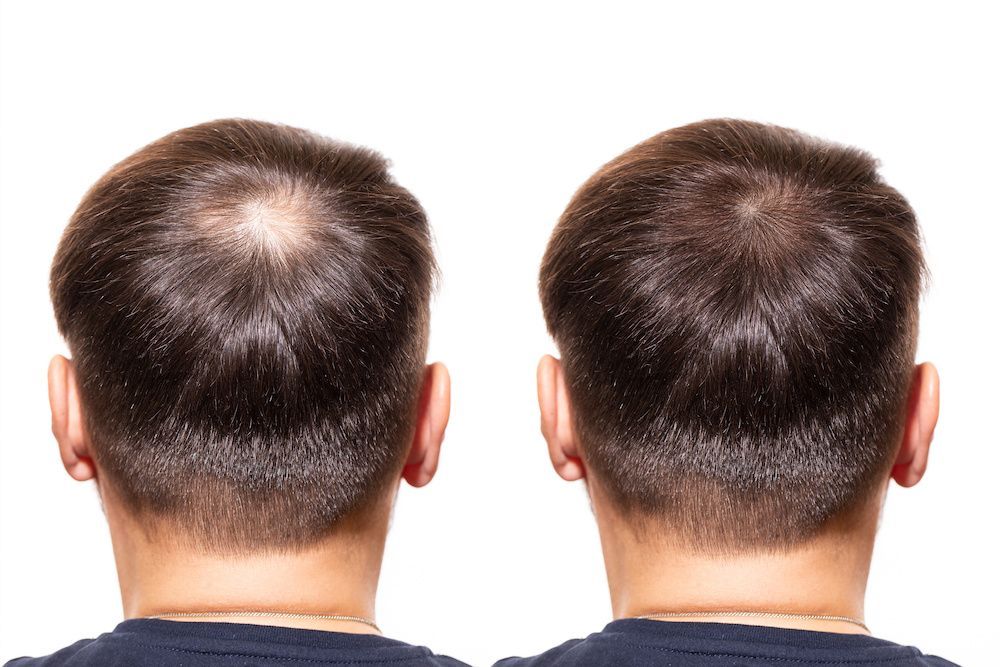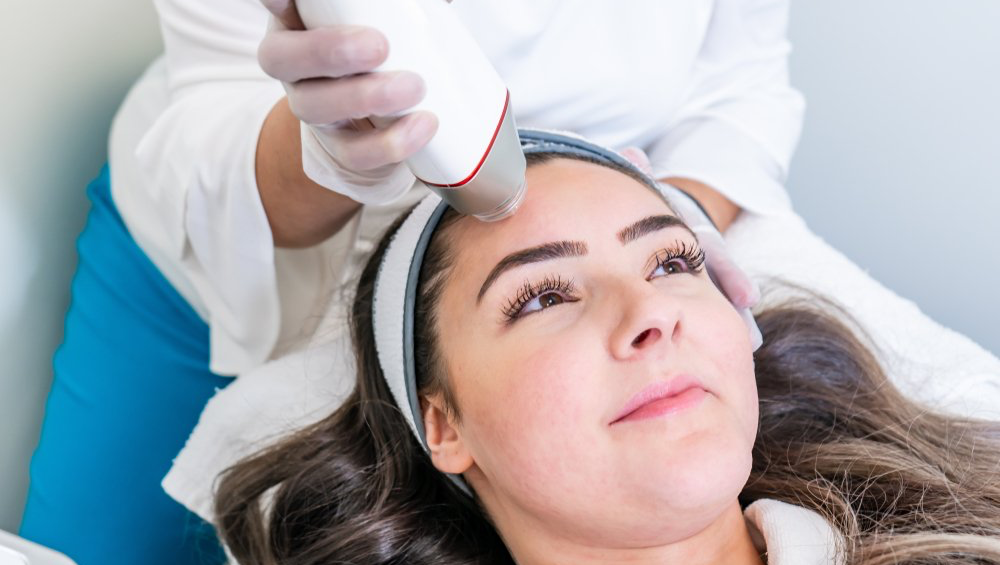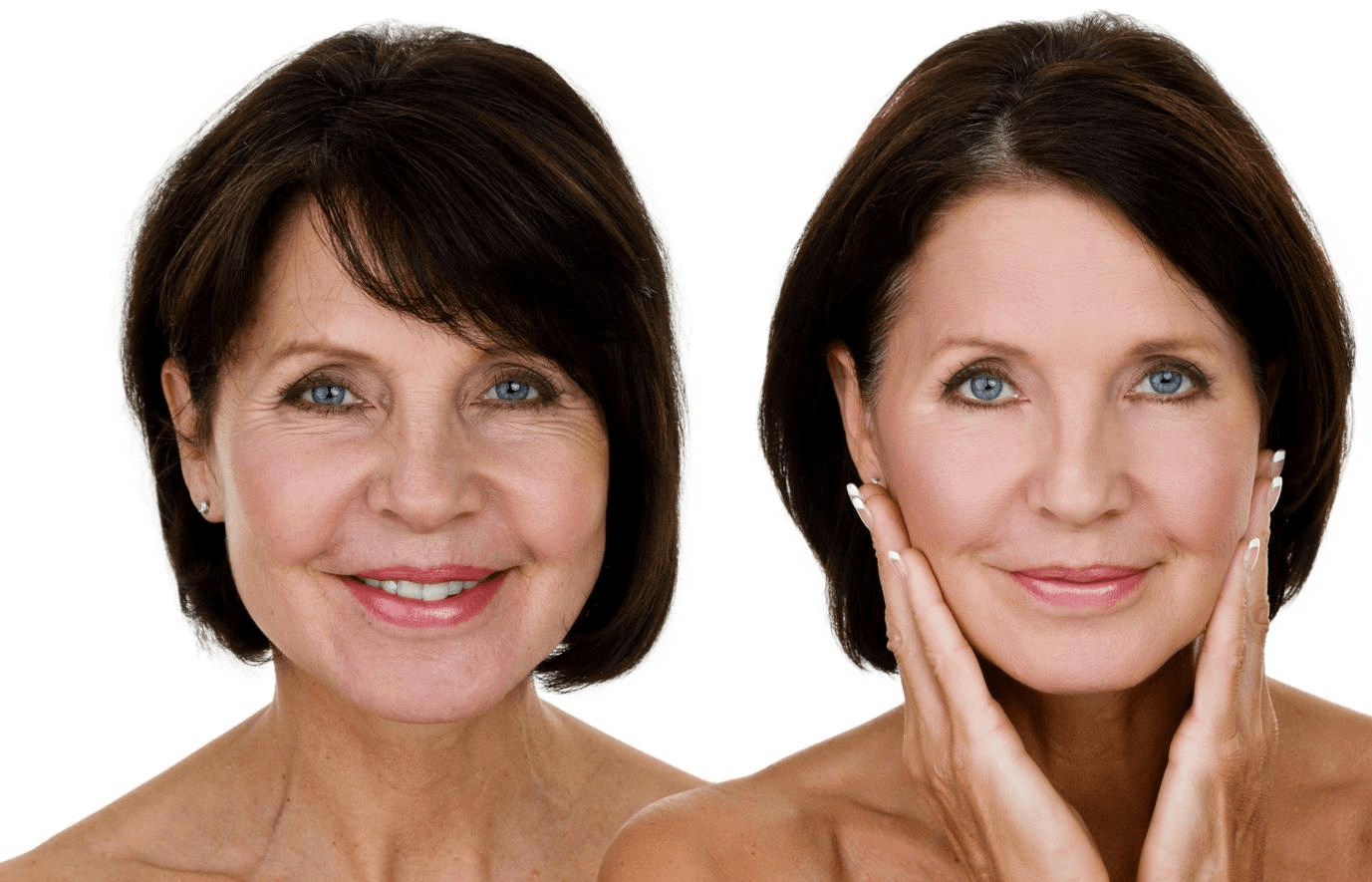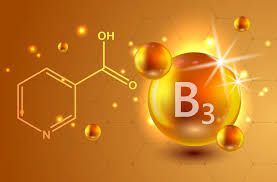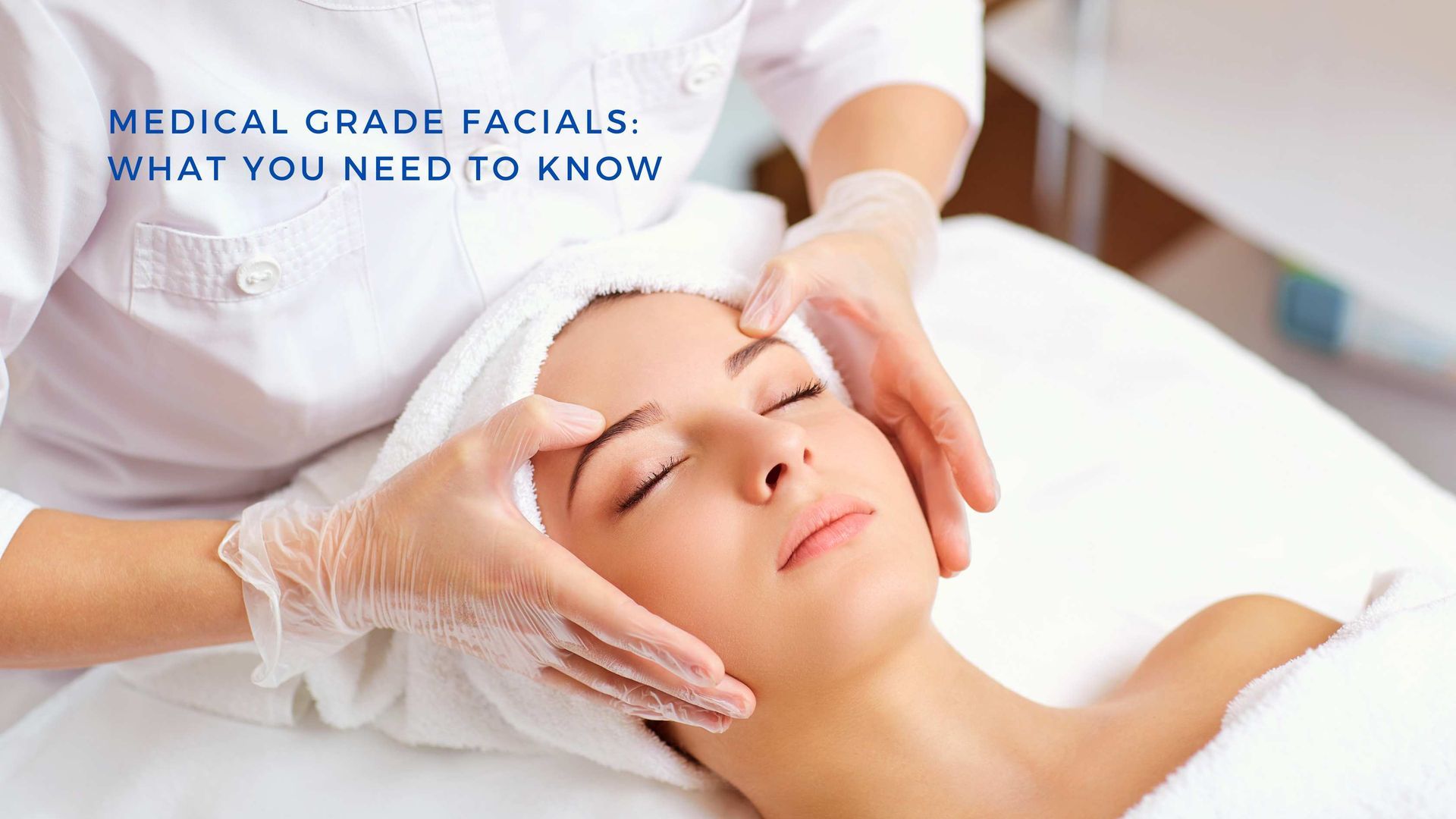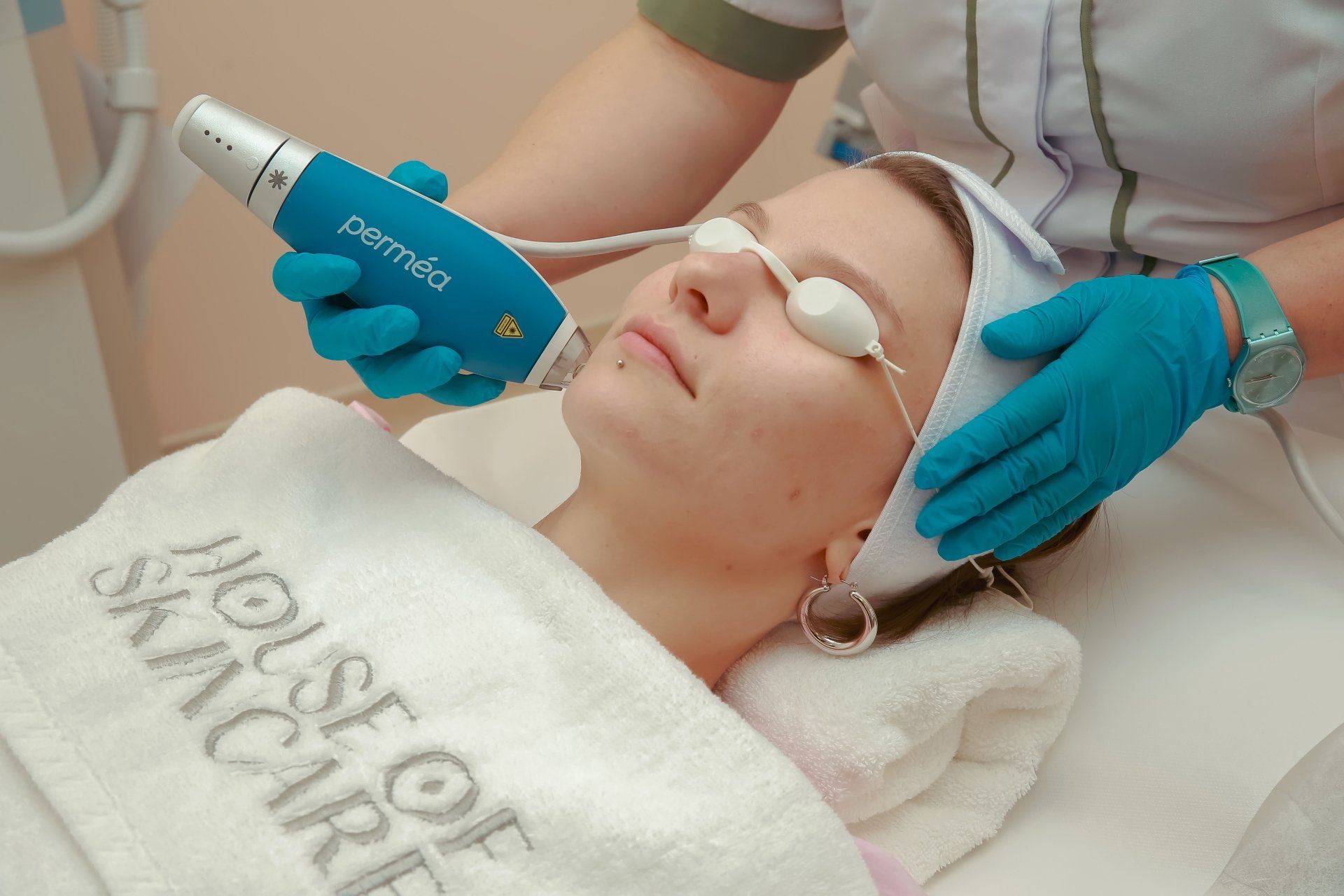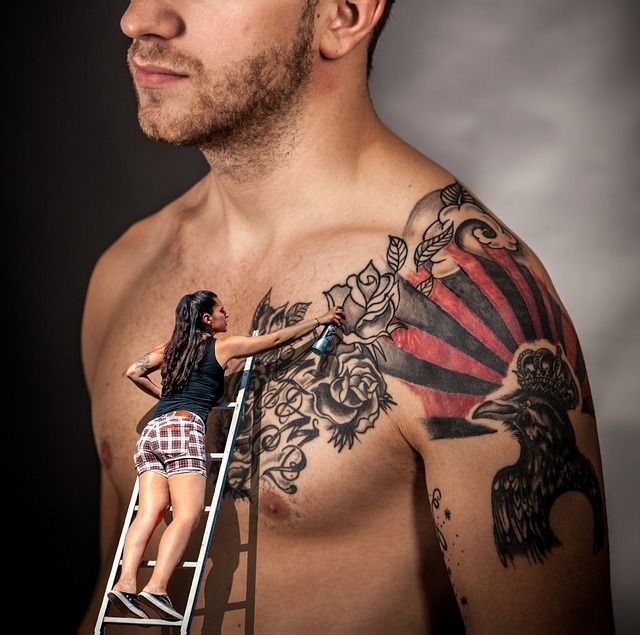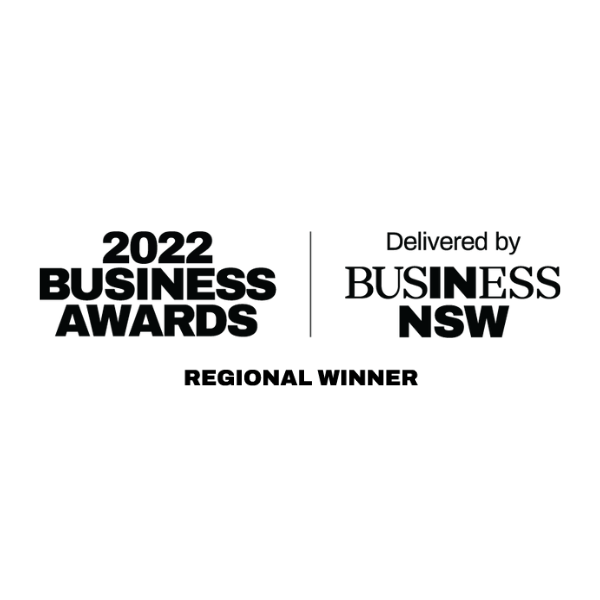How to protect your skin from the sun
For best protection, we recommend a combination of sun protection measures:
- Slip on some sun-protective clothing that covers as much skin as possible.
- Slop on broad spectrum, water resistant SPF30 (or higher) sunscreen. Put it on 20 minutes before you go outdoors and every two hours afterwards. Sunscreen should never be used to extend the time you spend in the sun.
- Slap on a hat – broad brim or legionnaire style to protect your face, head, neck and ears.
- Seek shade.
- Slide on some sunglasses – make sure they meet Australian Standards.
UV Index
Ultraviolet (UV) radiation is the invisible killer that you can't see or feel. UV radiation can be high even on cool and overcast days. This means you can't rely on clear skies or high temperatures to determine when you need to protect yourself from the sun.
The UV Index is reported daily by the Bureau of Meteorology. The alert identifies times during the day when the UV level is 3 or above and sun protection is needed.
Applying sunscreen
Cancer Council recommends using sunscreen every day on days when the UV Index is forecast to be 3 or above. Sunscreen should be incorporated into your daily morning routine on these days.
Sunscreen should be applied 20 minutes before exposure to UV in order to create the intended protective barrier. It should be applied liberally and evenly to clean and dry skin.
For an adult, the recommended application is 5ml (approximately one teaspoon) for each arm, leg, body front, body back and face (including neck and ears). That equates to a total of 35ml (approximately seven teaspoons) for a full body application.
When spending time outdoors, sunscreen should always be reapplied at least every two hours, irrespective of the water resistance of the sunscreen. Swimming, sport, sweating and towel drying can reduce the effectiveness of the product, so sunscreen should always be reapplied after these activities.
While effective when used the right way, it is difficult to correctly apply aerosol sunscreen to get adequate protection. For this reason, Cancer Council does not recommend using aerosol sunscreens.
Sun protection and babies
It is important to ensure that babies are well protected from the sun. Childhood sun exposure contributes significantly to the lifetime risk of skin cancer, and babies' skin can burn easily.
Cancer Council recommends keeping babies away from direct sunlight as much as possible when UV levels are 3 or above. Plan daily activities to ensure the baby is well protected from the sun and aim to minimize time outside when UV levels are at their strongest.
When this is not possible, ensure that babies are protected from the sun by shade, protective clothing and a hat. Check the baby's clothing, hat and shade positioning regularly to ensure they continue to be well protected from UV.
Cancer Council does not recommend the use of sunscreen on babies under six months old.
What is SPF?
Sunscreens with a sun protection factor (SPF) of 4 and above are listed on the Australian Register of the Therapeutic Goods Administration. Products can only be listed on the register if they comply with the Australian/New Zealand Standard for sunscreen products (AS/NZS 2604:2012). The highest SPF for sunscreen available in Australia is SPF50+. The SPF number is only a guide to a sunscreen’s protection.
In laboratory conditions, when used as directed, SPF30 sunscreen filters 96.7% of UV radiation and SPF50 filters 98%. Both provide excellent protection if they are applied properly.
What does ‘broad-spectrum’ mean?
There are different types of UV radiation. UVA radiation penetrates deep into the skin, affecting the living skin cells that lie under the skin’s surface. UVA causes long-term damage like wrinkles, blotchiness, sagging and roughening, and also contributes to skin cancer. UVB radiation penetrates the top layer of skin and is the main cause of skin damage and skin cancer. Broad-spectrum sunscreen filters both UVA and UVB radiation.
Which sunscreen should I use?
Choose a sunscreen that best suits your skin type and activity and that you find easy to reapply. If you have sensitive skin and have had a reaction to sunscreen in the past, look for fragrance-free products. If you don’t want sunscreen residue left on your hands, look for a gel.
Not all sunscreens contain the same ingredients. If your skin reacts to one sunscreen, talk to a chemist or doctor about choosing one with different ingredients.
Make sure the sunscreen is at least 30SPF, broad-spectrum and water resistant. Also check the expiry date of the sunscreen and the storage conditions recommended on the label. Most sunscreens last about two to three years and should be stored at a temperature below 30ºC.
Be fully protected
Sunscreen should not be used as the only line of defence against UV. When the UV Index is 3 or above, be sure to protect yourself in five ways by:
- slipping on sun protective clothing
- slopping on SPF30 or broad-spectrum water resistant sunscreen
- slapping on a broad brim hat
- seeking shade when possible, and
- sliding on sunglasses.


